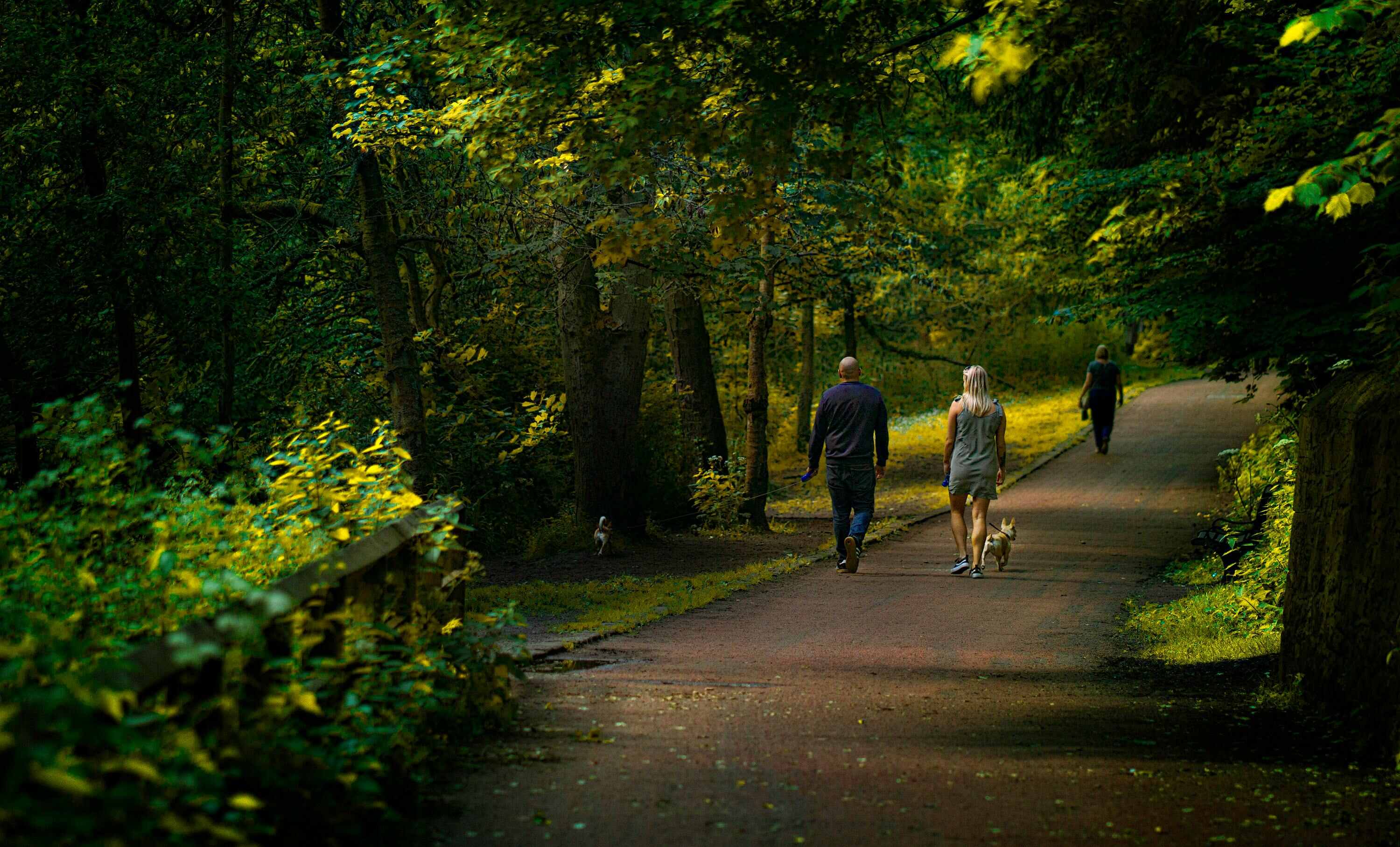#664 - Walkable Minds

Can a beautiful, safe neighborhood make you healthier? Researchers in Australia found that how your surroundings look and feel may shape how much you move, and how good you feel doing it!
Researchers followed over 1,700 adults to track how changes in neighborhood design influenced recreational walking. Using surveys and satellite maps, they measured street connectivity, access to parks and beaches, and residents’ perceptions of safety and beauty. Participants also completed the Neighborhood Environment and Walking Scale survey, which assessed perceptions of walkability, neighborhood aesthetics, traffic, and safety from crime.
Results? People who perceived their neighborhoods as safe, attractive, and connected walked about nine minutes extra per week for each added positive feature. Access to medium or large parks and nearby beaches also boosted walking, while small “pocket parks” did little. In short, what we see in our surroundings matters.
The message is clear: The path to better health may begin right outside your door. When we feel safe, connected, and inspired by our environment, every step feels easier. After all, how we design our neighborhoods shapes how we live and how we thrive!
Written by Kristin M. Harris, Ph.D.

 Give to Florida Tech
Give to Florida Tech 